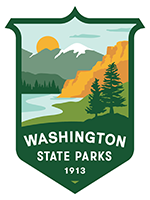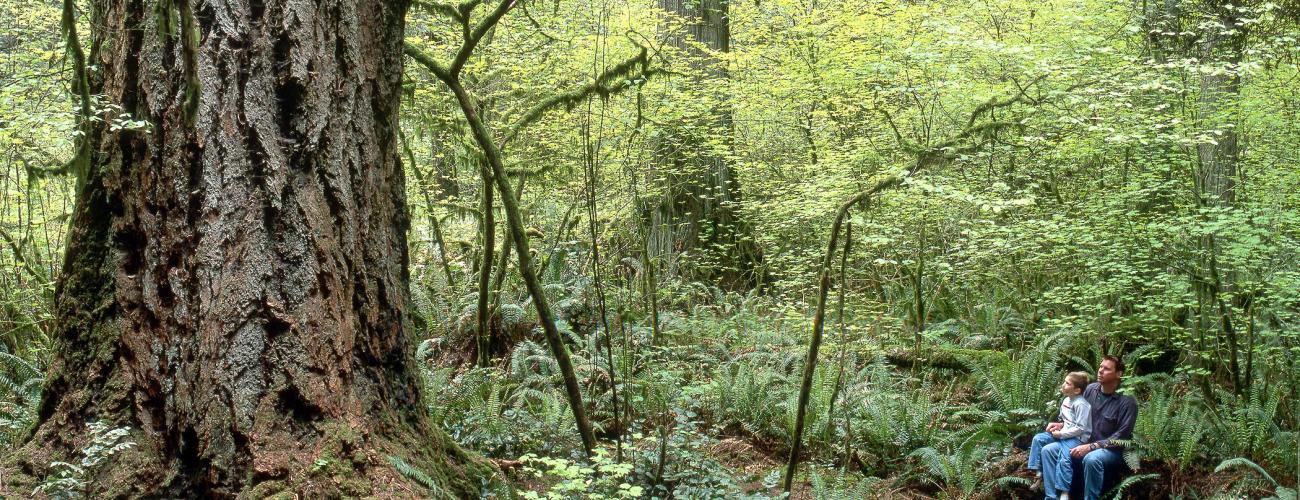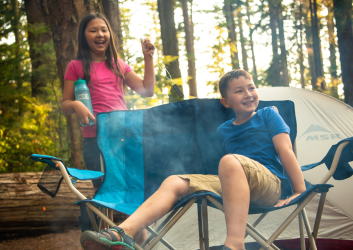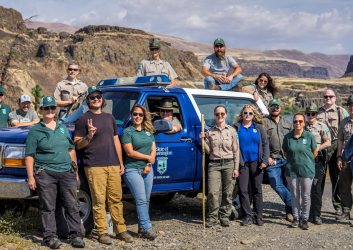What is leave no trace, and why we should all do it
When we first fall in love with nature, it’s easy to walk around gazing up at the sky, down from a viewpoint, or into a tangle of forest. It’s easy to drop a food wrapper, toss your apple core, wander off trail, cut a switchback or even forget the dog doo bag you set by the path (to pick up on the way back, of course).
It’s also easy to get downhearted or peeved when someone takes note and says, “Bro, leave no trace!”
A win-win solution
We want everyone, at all experience levels, to feel welcome in our outdoors, and we want the land and its inhabitants to stay healthy. We believe these goals are not mutually exclusive, and we have some win-win tips to help us all get there.
In simple terms, Leave No Trace (LNT) means leaving things the same or better than you found them. But there’s a little more to it, as we’ve outlined here.

The seven widely accepted LNT principles are:
1. Plan and prepare:
Who doesn’t love surfing the web or poring through guidebooks before a trip? OK, even if you’re not a planner.
- Research your trip in advance.
- Read about the area, and bring the right gear, directions, permits and passes.
- Know rules around dogs and the best times to beat the crowds.
- Carpool to save gas, and travel in small groups to minimize impact.
2. Travel and camp on durable surfaces:
We pride ourselves on our beaten paths and big, flat campground tent pads, so please use them, if only to avoid hurting our feelings!
- But seriously, staying on switchbacks and off “social trails” will prevent erosion, impact on plants and flowers, safety hazards and closures.
3. Dispose of trash and waste:
Pack it in, pack it out!
- Pack out all trash, including those chocolate bar wrappers – before they blow away during S’mores-making.
- Use our bathrooms (or pit toilets in primitive campsites).
- Carry dish water 200 feet from any lake, river or stream.
- And, big no-brainer: please pick up after your pup!
4. Leave what you find:
- Cones and leaves are food sources for mammals, and birds make their nests out of twigs! Please leave all trees, flowers, rocks, soil. Take only photos and memories.
- When it comes to objects of possible cultural significance, please don’t touch them; follow these steps to be a STEWARD of our Washington history!
5. Minimize campfire impacts:
- A campfire is one the great joys of camping, but before you trundle off to bed, please remember to burn your fire down to coal and douse it with water.
- A good rule is, “If it’s too hot to touch, it’s too hot to leave.”
6. Respect wildlife:
We know they’re cute! We know you’re tempted… But wildlife just want their space, and it behooves us all to comply.
- That includes storing food properly, since wildlife can get sick from human food, and we can get sick from close encounters with animals.
- Observe critters from afar, lest they lose their aversion to people and come back to bite you in… well, you know!
- (Also, it’s illegal to harass wildlife.)
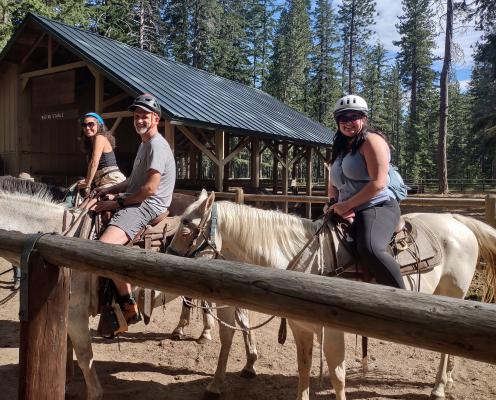
7. Be considerate of others:
- Observing proper trail etiquette, especially on mixed-use trails, will keep good trail vibes alive and help everyone stay safe.
- If you love to rock out in nature, we recommend splurging on earbuds that let you crank your tunes privately but still hear the outside world. Yes, those magic earbuds do exist!
- Maybe most importantly, please honor the Indigenous cultures and people who have lived here for millennia and have significant relationships with these special places.
Be mindful, and you will go far!
Originally published December 04, 2023
